A radiant smile is a universal symbol of confidence and self-assurance. In our pursuit of a brighter and more appealing smile, teeth whitening has become an increasingly popular cosmetic dental procedure. However, the decision of where to get teeth whitened can be a critical one. Should you entrust your quest for pearly whites to a dental professional, or is it wiser to embark on a DIY journey with at-home whitening kits? This blog will shed light on this dilemma by examining the advantages and disadvantages of professional teeth whitening at the dentist’s office compared to at-home options.
Professional Teeth Whitening at the Dentist:
Professional teeth whitening, performed under the skilled supervision of a dentist, is a widely favoured method for achieving a gleaming smile. Here’s what this approach entails:
- Advanced Whitening Agents: Dentists have access to stronger whitening agents, typically based on hydrogen peroxide or carbamide peroxide, than those available in over-the-counter products. This enables them to tackle more stubborn stains effectively.
- Expertise and Precision: Dental professionals possess the expertise to assess your oral health and customise a whitening plan that suits your needs. They can ensure that the procedure is tailored to your specific dental condition and that your gums and surrounding tissues are adequately protected.
- Quick and Dramatic Results: One of the primary advantages of professional teeth whitening is the potential for rapid and dramatic results. In just a single in-office session, you can often achieve noticeably whiter teeth, which is a compelling option for individuals seeking immediate improvements.
- Safe and Controlled Environment: Under the supervision of a dentist, teeth whitening is performed in a controlled and safe environment. Any adverse reactions or discomfort can be promptly addressed by the dental team.
In Australia, dental professionals adhere to the guidelines and standards set by the Dental Board of Australia. This ensures that dental procedures, including teeth whitening, are performed with the utmost care, following stringent safety protocols.
Also Read: How Does Teeth Whitening Work?
At-Home Teeth Whitening Kits:
The allure of convenience and affordability draws many individuals towards at-home teeth whitening kits. These kits come in various forms, from over-the-counter products to those prescribed by dentists:
- Milder Whitening Agents: At-home kits generally use milder whitening agents with lower concentrations of hydrogen peroxide. This can be less aggressive on teeth but may require more time to achieve desired results.
- Do-It-Yourself Convenience: At-home whitening provides the convenience of whitening your teeth at your own pace and schedule. This flexibility can be particularly appealing for individuals with busy lifestyles.
- Dentist-Prescribed Kits: Some at-home kits are provided by dentists, offering a middle ground between professional and DIY approaches. While still at-home, these kits typically contain higher-strength whitening agents than over-the-counter options.
To ensure safety and efficacy, dental professionals in Australia may provide patients with dentist-prescribed kits, which are customised to their specific needs. This ensures that even at-home whitening is carried out under professional guidance.
Effectiveness and Results:
The effectiveness of teeth whitening can significantly influence the decision-making process. Here’s a closer look at how professional and at-home methods compare:
- Professional Whitening: Due to the use of stronger whitening agents and professional expertise, in-office whitening tends to yield quicker and more dramatic results. Stubborn stains and discolorations are often effectively addressed in a single session.
- At-Home Whitening: At-home methods can also produce noticeable results, but they may require more time and consistency. The milder whitening agents mean that several applications may be needed to achieve the desired level of whiteness.
It’s important to note that individual responses to teeth whitening can vary based on factors such as the extent of staining, compliance with instructions, and simply person to person.
Safety and Potential Risks:
Safety is a paramount concern when it comes to teeth whitening. Both professional and at-home methods come with their own set of considerations:
- Professional Supervision: Under the care of a dentist, the risk of adverse effects is minimised. Dental professionals are trained to protect your gums and soft tissues while ensuring the whitening process is safe.
- Potential Risks: Teeth whitening, regardless of the method, can cause tooth sensitivity and gum irritation in some individuals. This is often temporary and can be managed with the guidance of a dentist. Stronger bleach can result in damage to teeth if used incorrectly, therefore when administered by a dentist, this ensures no long-term damage will occur.
- Following Instructions: When using at-home kits, it is essential to follow the instructions meticulously to prevent overuse or misuse of whitening agents, which can lead to discomfort or damage.
In Australia, the Dental Board of Australia and the Australian Dental Association provide guidelines and standards to ensure the safety and ethical practice of teeth whitening procedures by dental professionals.
Cost Comparison:
Cost considerations play a significant role in the decision-making process. Here’s how professional and at-home teeth whitening stack up in terms of expenses:
- Professional Whitening: In-office teeth whitening typically comes with a higher upfront cost. This cost accounts for the professional expertise, advanced equipment, and stronger whitening agents used during the procedure. The benefit is that a greater result in achieved in just one session.
- At-Home Whitening: At-home whitening options, whether over-the-counter or dentist-prescribed, are generally more budget-friendly. They offer a cost-effective alternative for individuals who are willing to trade immediate results for a lower price point.
The choice between the two methods often boils down to personal budget constraints and the importance placed on achieving rapid results.
Convenience and Time:
When weighing the decision to whiten your teeth professionally or at home, convenience and time considerations come into play. Here’s a closer examination of these factors:
- Professional Whitening: In-office whitening typically requires a single appointment, making it a convenient option for individuals seeking immediate results. The appointment typically takes 1-1.5 hours. This means you need to allocate a chunk of your day for the procedure.
- At-Home Whitening: At-home whitening, whether with over-the-counter kits or dentist-prescribed options, offers the convenience of doing it on your schedule. You have the flexibility to whiten your teeth at your own pace, making it a suitable choice for those with busy lifestyles. The downside is that it requires more compliance to repeat sessions during your free time.
Your choice here may depend on how urgently you desire whiter teeth, your budget, and how much time you can dedicate to the process.
Maintenance and Longevity:
Achieving a dazzling white smile is a significant accomplishment, but the question remains: How long will the results last, and what maintenance is required?
- Professional Whitening: The longevity of results from professional teeth whitening can vary from person to person. Factors such as diet, smoking habits, and oral hygiene practices play a role. However, it’s common for results to last anywhere from several months to a couple of years or more.
- At-Home Whitening: The longevity of at-home whitening results also depends on individual habits. Regular touch-ups may be necessary to maintain the desired level of whiteness. Dentists often provide guidance on how to manage this.
Remember that regardless of the method you choose, maintaining good oral hygiene practices, including regular brushing and flossing, can help prolong the effects of teeth whitening.
Conclusion:
The decision of whether to opt for professional teeth whitening at the dentist’s office or to pursue at-home options is a personal one, influenced by a combination of factors. Here’s a brief recap of the key points:
- Professional Whitening: This approach offers stronger whitening agents, expertise, quick results, and the assurance of a safe and controlled environment. It is ideal for those seeking immediate and dramatic improvements in their smile.
- At-Home Whitening: At-home methods provide flexibility, affordability, and the convenience of whitening at your own pace. While results may take longer, they can still be effective with consistency.
Ultimately, the choice between the two methods comes down to your priorities, budget, and how much value you place on the factors of time, convenience, and rapid results.
If you’re considering teeth whitening and reside in Kangaroo Point, Brisbane, Smile Design Dental is a trusted dental practice with the expertise and options to help you achieve the brighter, more confident smile you desire. Whether you opt for professional in-office whitening or dentist-prescribed at-home kits, the team at Smile Design Dental can guide you on your journey to a dazzling smile.
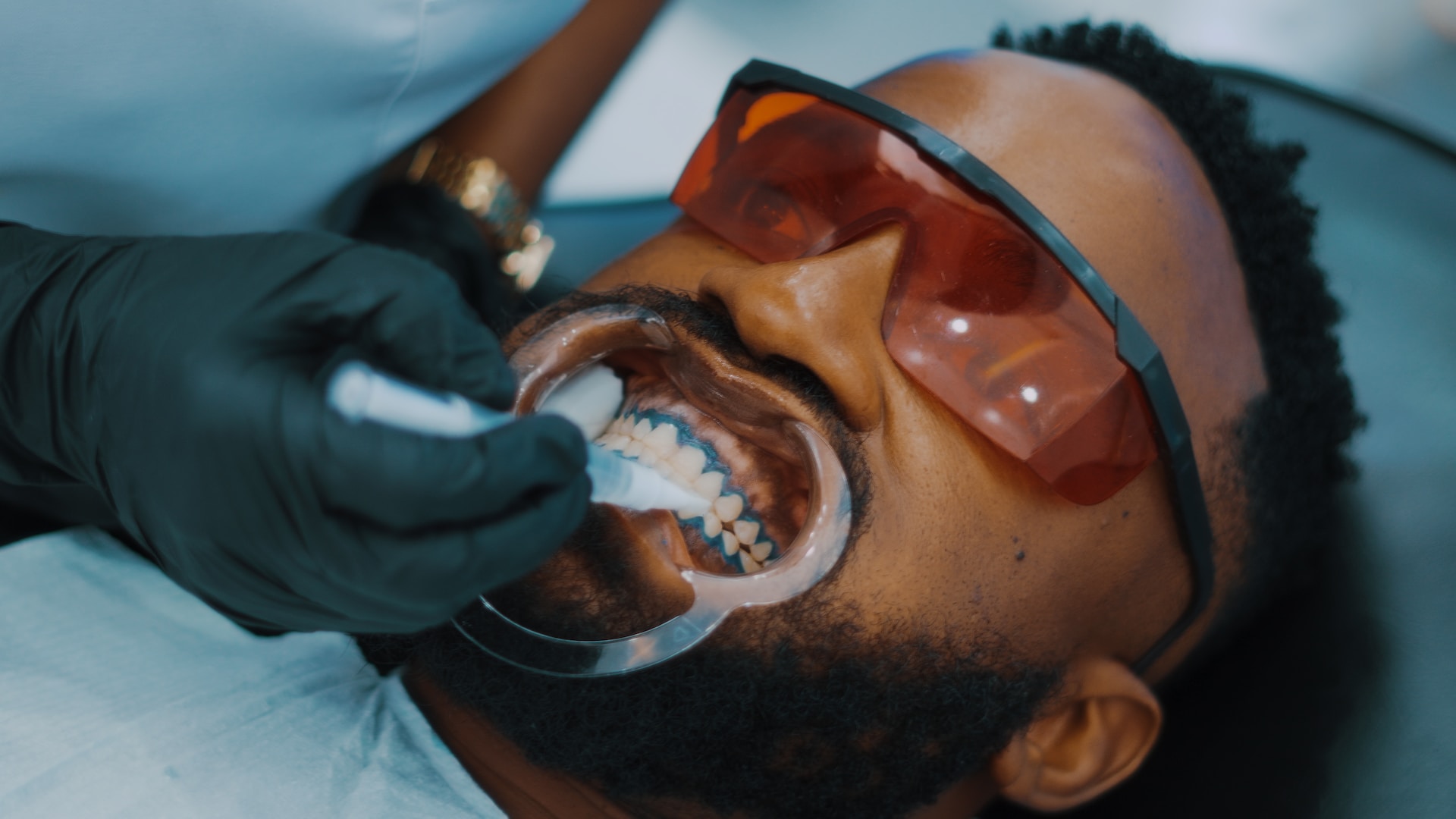
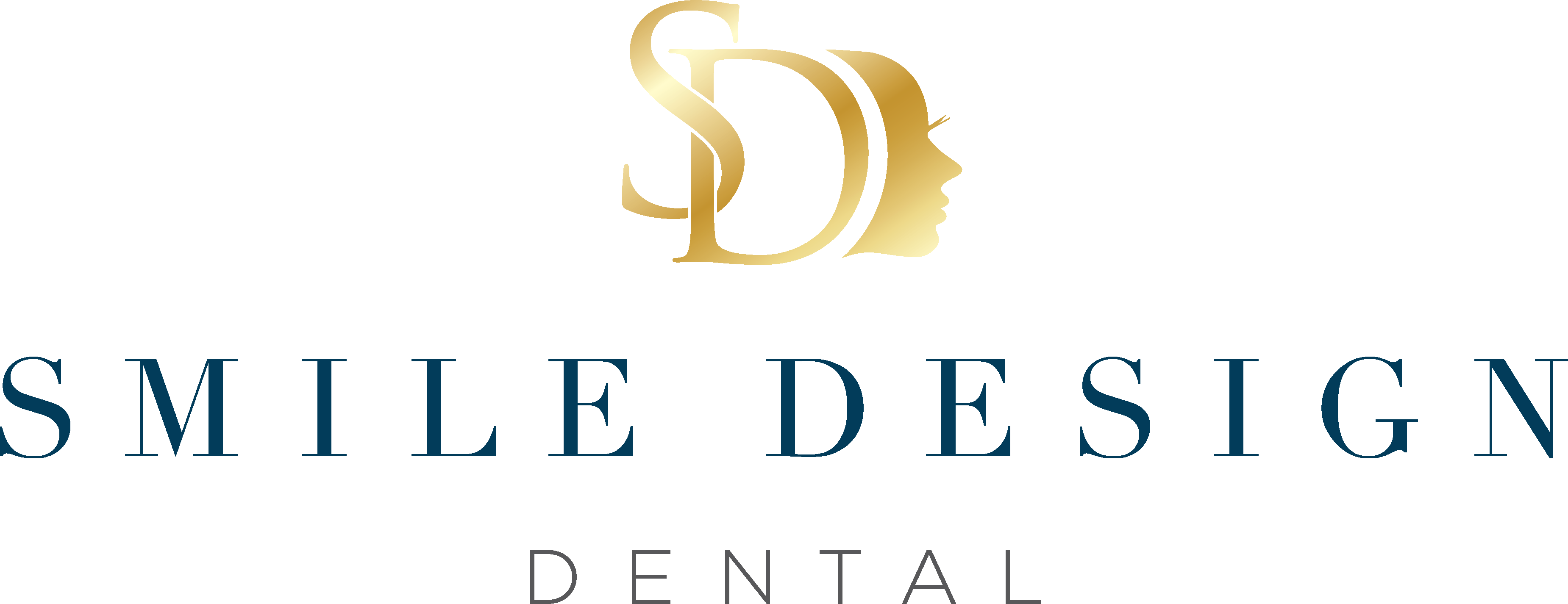

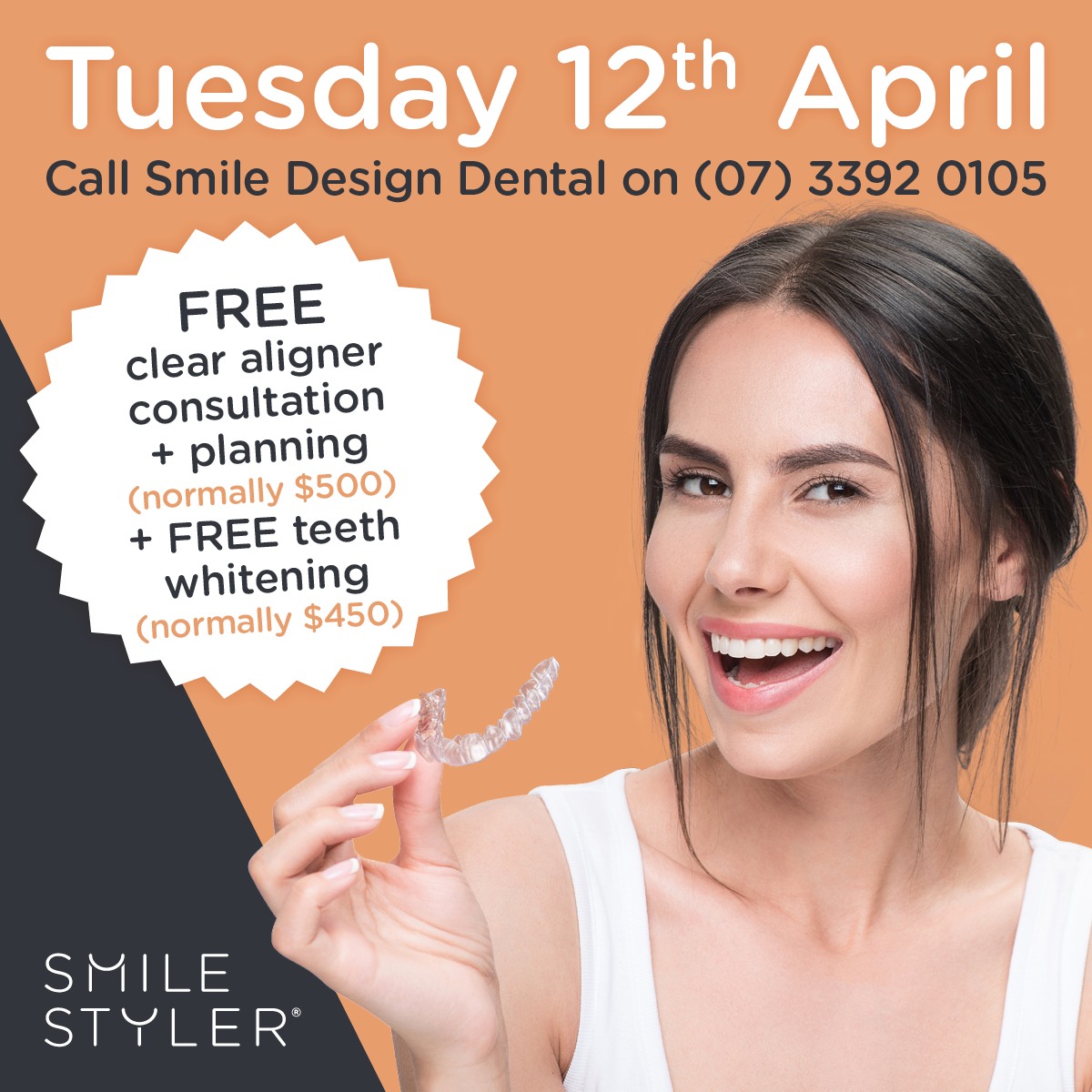
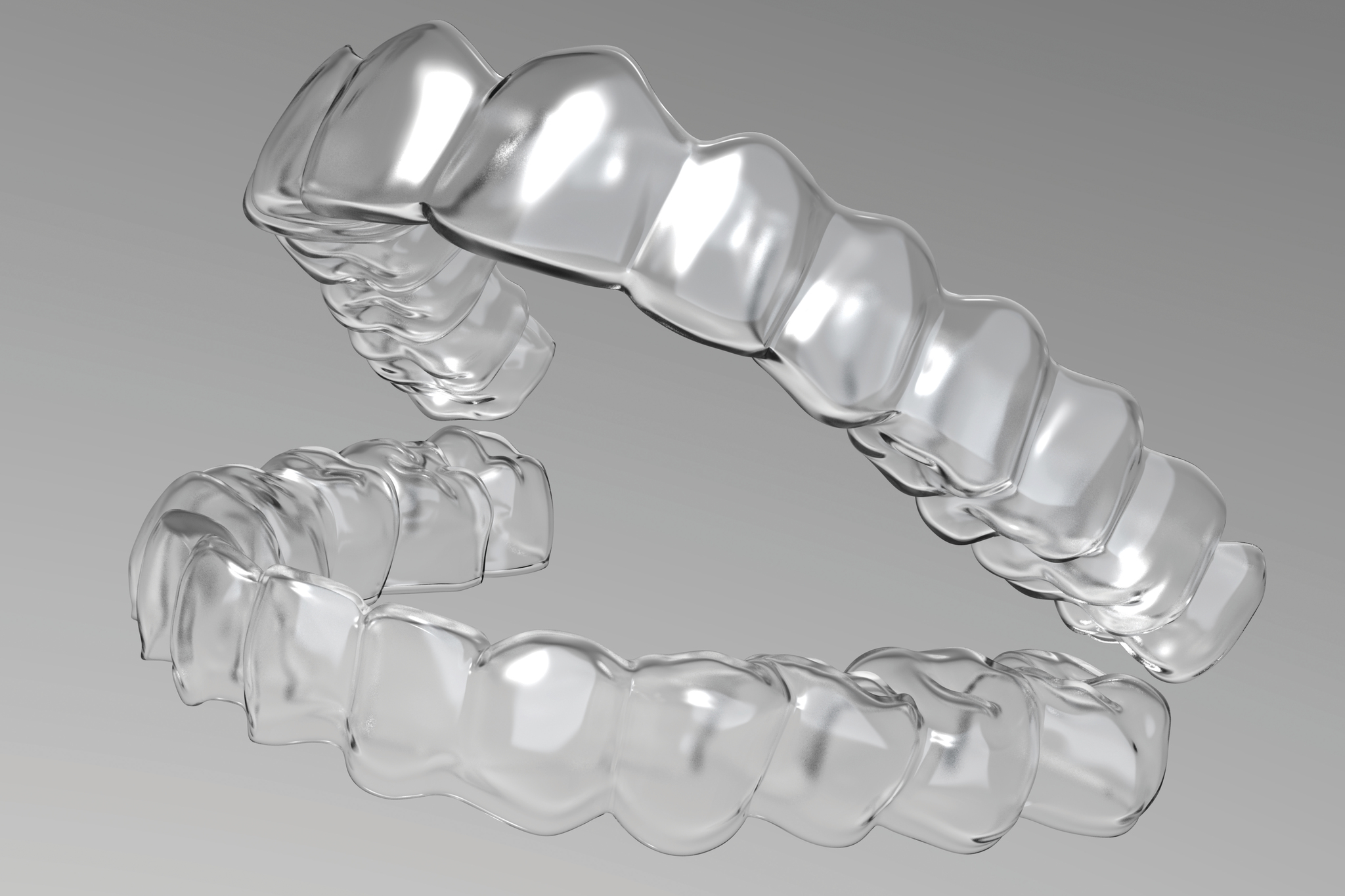
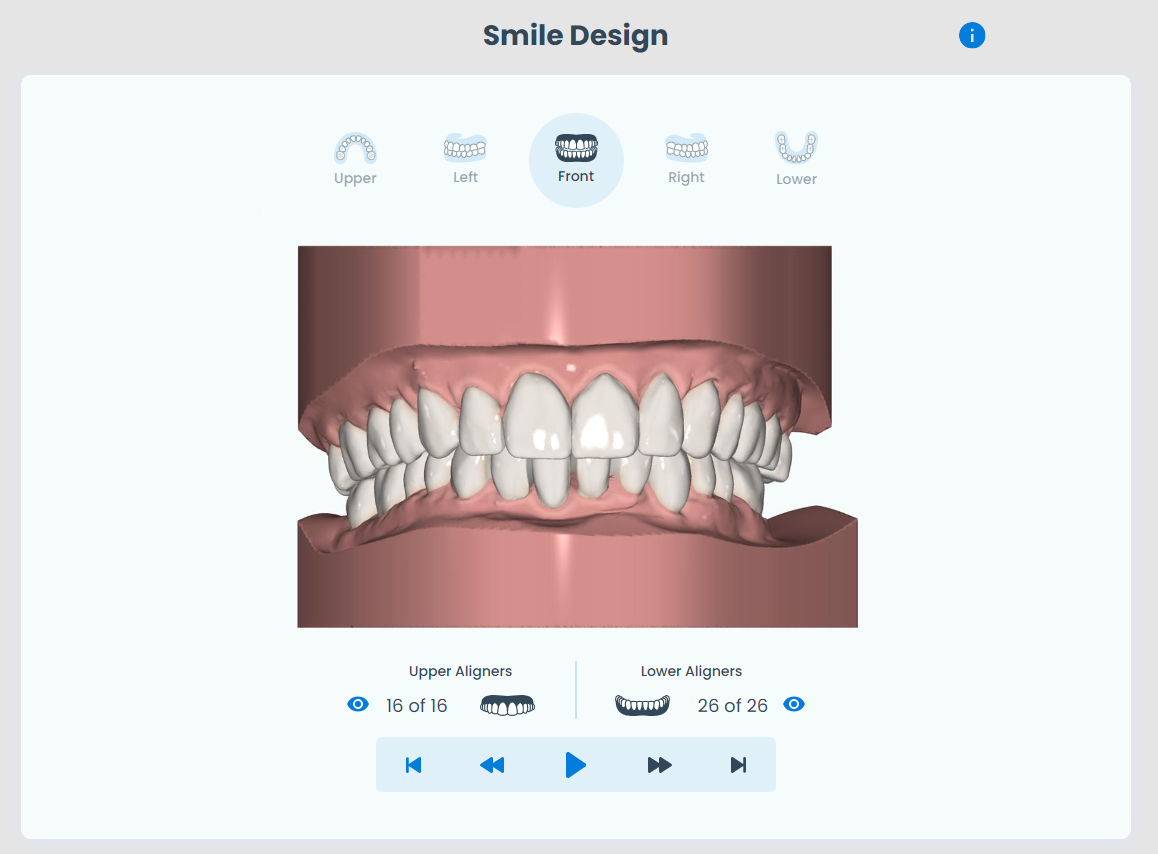
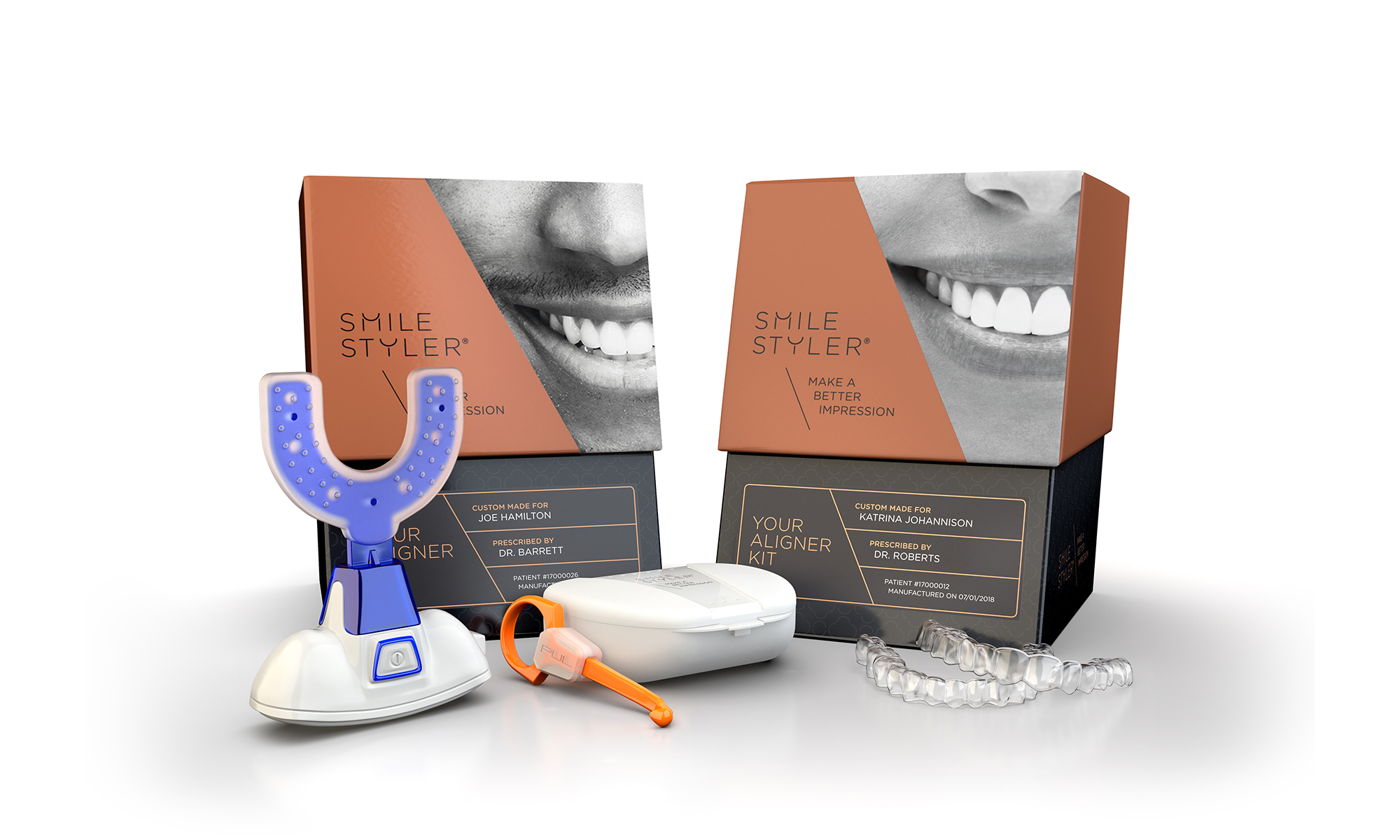
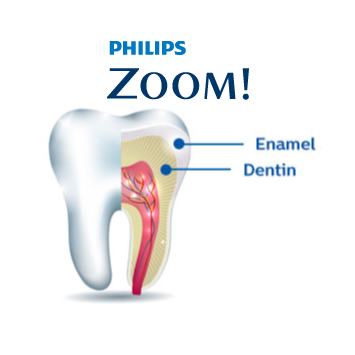

Recent Comments